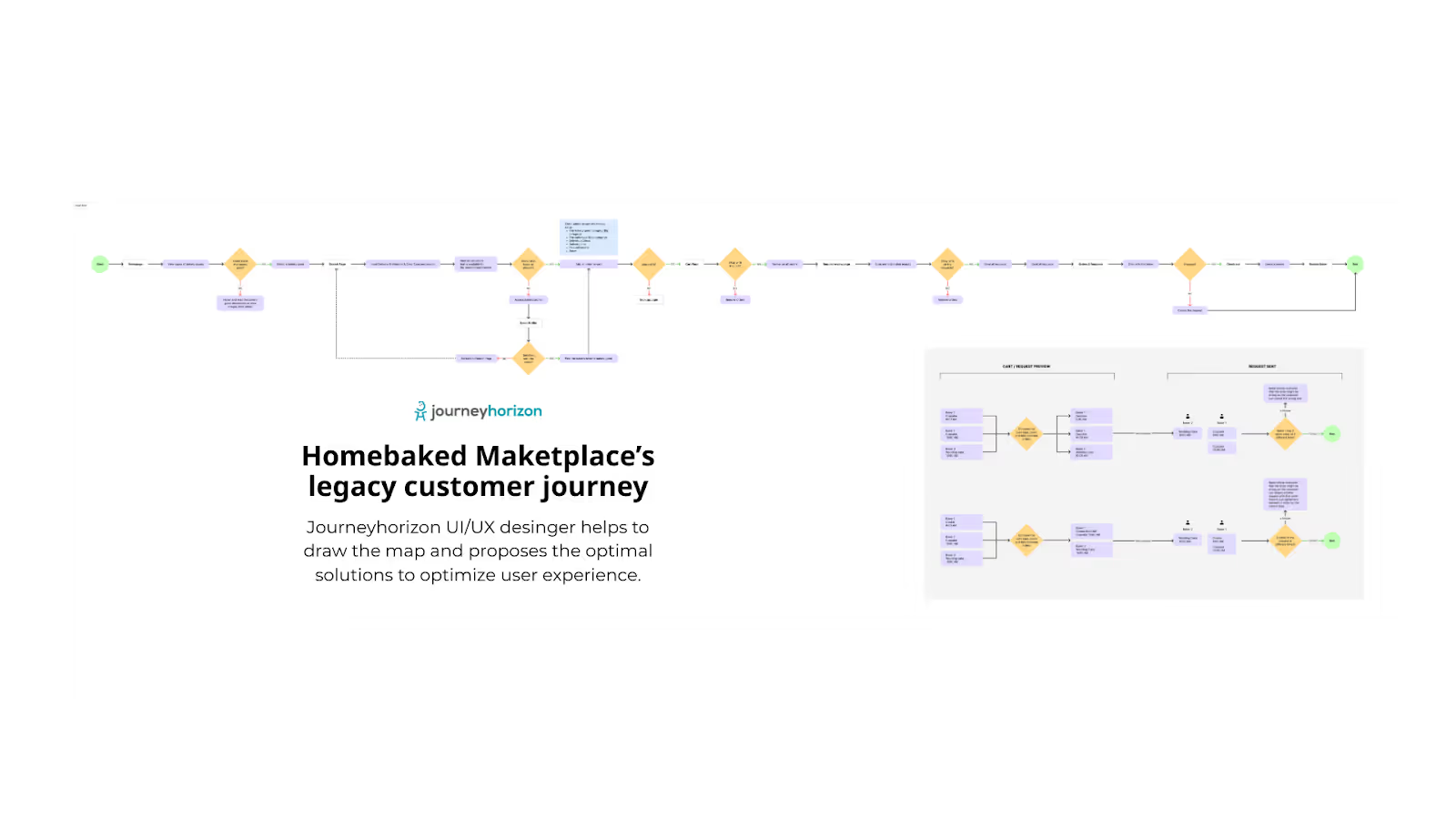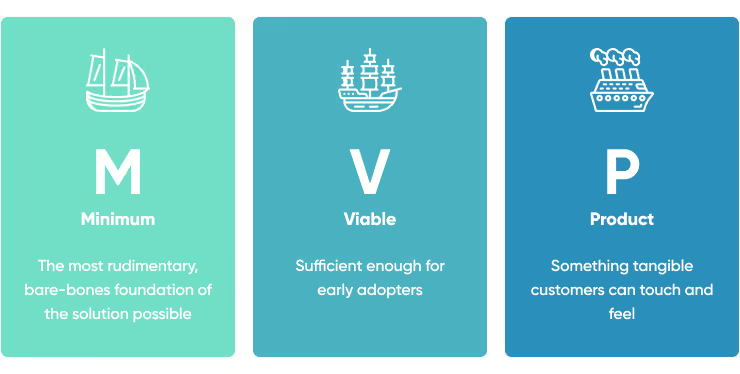Smart Strategy for Multi-vendor Marketplace Development under Trump Tariffs

The gig economy is surging, reshaping the way people earn, sell, and consume. In parallel, the digital economy is booming. However, while opportunities rise, so do the risks, especially under Trump-era tariffs that are reshaping global trade routes. In this climate, online marketplaces have become not just a convenience, but a strategic pillar for modern commerce. Amid global uncertainty, multi-vendor marketplace development is rising as a resilient, decentralised response to traditional supply chain fragility.
If you're looking to build a multi vendor marketplace that is future-proof and scalable, your strategy needs more than a good tech stack—it demands platform thinking, strategic foresight, and the right development partner.
The Rise of Multi Vendor Marketplace Development
What is a Multi Vendor Marketplace?
A multi-vendor marketplace is a platform where multiple independent sellers can offer their products or services to customers through a single website or app. Think of it like a digital shopping mall, except instead of physical stores, each vendor operates a virtual storefront, while the marketplace operator handles payments, infrastructure, and user experience.
There are different types of multi-vendor marketplaces:
- Product-based: like Amazon or Etsy, where physical goods are sold.
- Service-based: such as Upwork or Fiverr, connecting freelancers with clients.
- Booking-based: like Airbnb, where vendors offer bookable resources.
- Vertical or niche-focused: like Patternfield, which serves the surface pattern design industry.
Explore the detailed analysis of marketplace business model here!
Market Overview of Multi Vendor Marketplace
According to Statista’s 2024 report, the global platform-based e-commerce market which includes multi-vendor marketplaces is projected to reach $6.6 trillion by 2030, growing at a CAGR of over 15% from 2024 to 2030. This rapid growth is driven by factors such as increasing mobile commerce, greater internet penetration, and demand for flexible, transparent purchasing experiences.
At the same time, the rise of low-code/no-code technologies, like Sharetribe for marketplace infrastructure, Stripe Connect for payments, and plug-and-play identity verification tools, has significantly reduced development complexity. Today, founders can launch powerful, scalable marketplaces in a fraction of the time and cost it once required.
Why Now?
Why are founders increasingly choosing this model?
- Supply chain instability: The resurgence of trade protectionism, such as broad-based tariffs reintroduced by the Trump administration in 2025, has disrupted global supply chains across regions, including North America, Europe, and Southeast Asia. These disruptions have led businesses to seek decentralised, multi-source solutions that reduce reliance on single-country manufacturing. Multi-vendor marketplaces support this shift by enabling regional diversification and more resilient sourcing strategies (Peterson Institute).
- Entrepreneurial boom: A record 5.5 million new business applications were filed in the US in 2023, according to the U.S. Census Bureau. This surge of micro-entrepreneurs is fuelling demand for platforms that lower entry barriers and offer visibility—precisely what marketplaces provide.
- Evolving customer expectations: 70% of consumers say the ability to read reviews and interact with sellers impacts their purchase decisions (PwC 2023). Marketplaces are built around this principle, giving buyers more control and transparency.
- Tech accessibility: With tools like Sharetribe, Webflow, Stripe, and Intercom, even non-technical founders can launch and operate feature-rich platforms quickly and cost-effectively.
As global commerce adapts to geopolitical tensions and new work models, multi vendor marketplace development is not just a trend—it’s a smart, timely response to real economic forces.
Factors Influencing Multi Vendor Marketplace Development
Launching a marketplace isn’t just about writing code. You need to understand the environment you’re entering. Let’s break it down using the PESTEL framework, a tool often used in strategic planning to analyse the macro-environmental factors that can impact a business.
In the context of multi-vendor marketplace development, this framework helps us understand why this model is particularly well-suited for the current economic climate and why founders are leaning toward it now more than ever.
- Political: U.S.–China tensions and tariff policies (e.g., Trump’s 46% duty on Vietnamese goods) are changing the economics of cross-border commerce. Multi-vendor marketplaces help brands diversify suppliers and localise logistics.
- Economic: Inflation is making customers more price-sensitive and forcing sellers to look for alternative revenue streams.
- Social: The gig economy and creator class are growing. People want flexible work and the tools to sell.
- Technological: Tools like Sharetribe, Webflow, Stripe, and Intercom now allow marketplaces to scale without a full engineering team.
- Environmental: Local-first and sustainable sourcing are increasingly important to consumers, which multi-vendor marketplaces can support.
- Legal: GDPR, consumer protection, and tax rules vary globally. Marketplaces need built-in compliance mechanisms.
The most critical success factor? Customer-centricity. This means putting your users at the very heart of your marketplace from the way the product is designed to the way services are delivered.
Start by truly understanding your target users: What are their frustrations? What motivates their decisions? Where do they feel friction when using other platforms? Then, apply design thinking principles to empathise with those needs and build solutions that solve their problems elegantly.
But customer-centricity doesn’t end at launch. It requires a feedback loop—testing features, gathering insights, and evolving the platform based on real-world usage. Build trust into every interaction: clear communication, transparent seller policies, verified profiles, and responsive support. These details aren’t just UX extras—they’re the foundations of user loyalty and platform credibility.
In a crowded marketplace landscape, customer trust and user experience aren’t optional—they’re your moat. To build scalable marketplace under trade tariffs requires a smart platform strategy for founders 2025.
How to Create a Smart Multi Vendor Marketplace Development Strategy
Let’s get tactical.
Too many founders launch a marketplace without a strategy. They focus on features instead of building the right thing, for the right people, at the right time. Here’s the mindset you need:
- Pick a niche you deeply understand: One problem. One group. One solution.
- Design for liquidity from Day One: Make sure both sides (vendors and buyers) can interact meaningfully.
- Plan monetisation upfront: Commission? Subscriptions? Freemium?
- Build trust into your platform: From reviews to KYC to a clear refund policy.
- Use modular tools: Build fast, test fast, and scale cleanly. Sharetribe is ideal for this.
Smart multi vendor marketplace development strategy is about clarity, not complexity. You don’t need to do everything—you need to do the right things, at the right moment.
Steps to Build a Successful Marketplace
Here’s a detailed six-step plan we walk our clients through to ensure their marketplace doesn't just launch—but thrives. This approach is grounded in widely respected academic models, including:
- The Customer Development Process by Steve Blank at Stanford
- The Lean Startup Methodology by Eric Ries, a Harvard guest lecturer
- Platform Strategy research from MIT Sloan School of Management
These frameworks are considered standard in top-tier MBA programs worldwide and offer practical, evidence-based guidance for modern digital ventures.
Step 1: Validate your idea
Before writing a single line of code, it’s critical to validate that your marketplace solves a real problem. This starts with user interviews—talk to both potential buyers and vendors. What are their pain points? How are they solving them today? Would they trust an online platform to solve this issue?
Next, start a waitlist. This is a great way to measure demand and begin building a community of early adopters. You can do this with a simple landing page and form.
Then, nurture an email community. Use your insights to share helpful content, updates, and early-bird invitations. This also helps you understand which users are truly engaged before you launch.
Step 2: Pick the right platform
Choosing the right tech stack can make or break your speed to market. For most beginners, Sharetribe is ideal—it’s a no-code/low-code platform built specifically for multi-vendor marketplaces. It handles essentials like user profiles, listings, transactions, and payments.
If branding is important or your use case is niche, consider pairing Sharetribe with a custom frontend using Webflow. This allows you to stand out visually while keeping your backend infrastructure solid.
Step 3: Design your flows
This step is often underestimated. You need to map out the full user journey:
- How does a vendor join and list products?
- How does a buyer browse, filter, pay, and leave feedback?
- What happens in disputes?

Don't forget the admin experience—you’ll need dashboards to monitor performance, verify users, and manage listings. Include UX features like messaging, reviews, badges, seller analytics, and email notifications.
Step 4: Build your MVP
With clear flows in place, it’s time to build. Avoid trying to “build everything.” Focus only on the core marketplace features that let users complete the key transaction. Work with a specialised multi vendor marketplace developer like Journeyhorizon—we know how to deliver fast without compromising on scalability.

We help founders go live in 6–12 weeks with a marketplace that looks great, performs well, and is ready to grow. Check the step-by-step how to build MVP now!
Step 5: Launch with purpose
Don’t just flip the switch. Run a marketplace soft launch with your early waitlist members. Offer incentives like lifetime discounts or exclusive listings.
Use tools like Intercom to onboard users and answer questions. Monitor heatmaps and analytics (via Hotjar or GA4) to see where users drop off. Learn from this phase—it’s where you shape product-market fit.
Step 6: Grow with feedback
The best marketplaces grow in response to their users. Don’t fall into the trap of building features you think are cool. Instead, let user behaviour guide your roadmap.
Invest in marketplace SEO and content marketing to attract organic traffic over time. Launch referral programs and community-driven campaigns.
Track key business metrics:
- CAC (Customer Acquisition Cost)
- LTV (Customer Lifetime Value)
- GMV (Gross Merchandise Value)
These numbers tell you when it’s time to scale—and when you need to iterate.
With the right mindset and partners, every step becomes a foundation for sustainable marketplace success.
Journeyhorizon – Premium Partner to Build Multi Vendor Marketplace
We’re more than just a development vendor—we are your end-to-end marketplace building partner. At Journeyhorizon, we bring not only technical expertise but also deep strategic insight into what makes digital marketplaces work in today's competitive landscape.
Why Journeyhorizon?
- Proven track record: We’ve successfully built over 50 marketplaces across various industries—from creative and gig-economy platforms to complex B2B ecosystems.
- Sharetribe and Webflow expertise: We use the most flexible and scalable customized tools for a faster go-to-market without compromising performance.
- Full-stack capabilities: From UX research and platform architecture to go-to-market strategy (GTM) and growth funnels—we guide you every step of the way.
- Growth-focused delivery: Whether you're bootstrapping or preparing for Series A, we design solutions that adapt as you scale.
We don’t believe in one-size-fits-all development. Instead, we partner with you to build a specialized marketplace that aligns with your vision, user needs, and monetisation goals.
Ready to build something that actually performs in the real world? Let’s talk. Book your strategy session with Journeyhorizon now!
Conclusion
A multi-vendor marketplace is more than just a website. It’s an engine for distributed commerce, resilient revenue, and community-powered value. In a time of tariffs, shifting customer behaviour, and decentralised work, this business model is more relevant than ever.
Journeyhorizon is here to help you build it. Ready to get started?
👉 Contact us to book your free strategy session.



